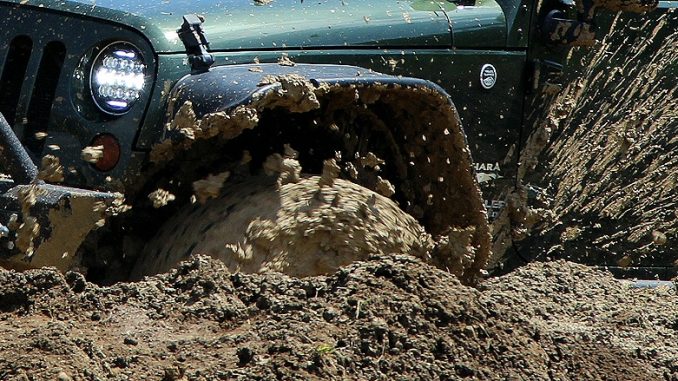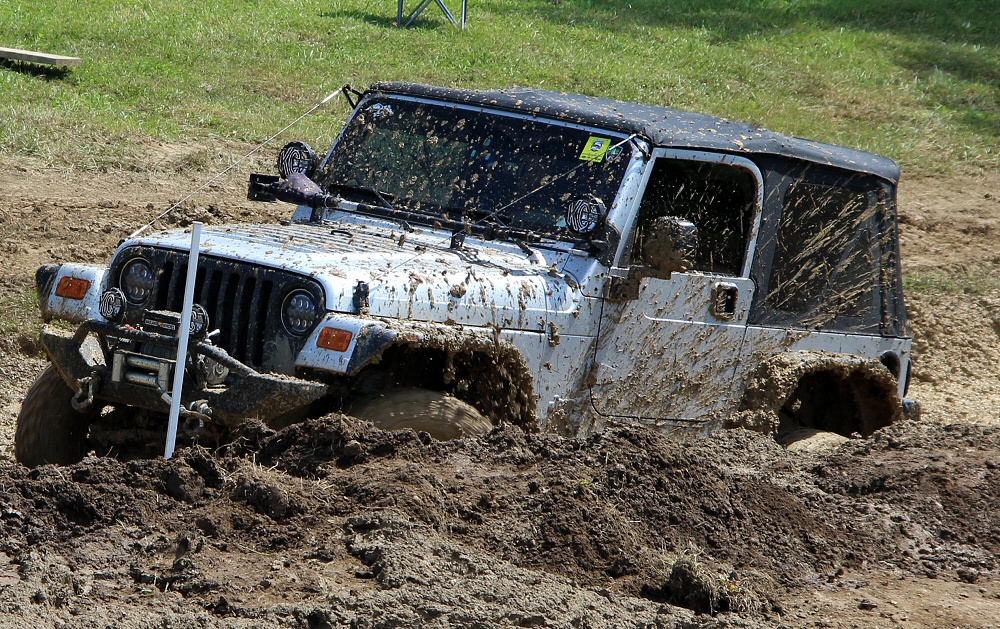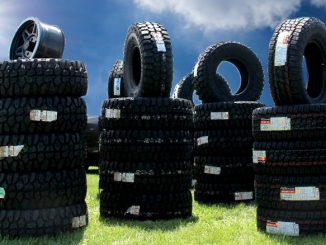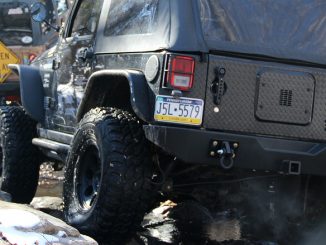
Traction and clearance are the primary factors to consider when going off-road. One of the first few things off-road enthusiasts will do to a newly acquired 4×4 is to make modifications to it in order to achieve more clearance and better traction to go further and concur more. Of the possible traction adding upgrades one can make, tires are one of the cornerstones (so to speak). Choosing the right tire for your terrain, along with compatible components, will give you an increase in both traction and clearance to get through and over the obstacles and terrain that the otherwise stock vehicle could not.
In many cases, the modifications a person chooses to make to their vehicle is dictated by the tire they choose to purchase. So it is important to make the right choice especially when you consider that the purchase of a set of tires and wheels can be one of the most expensive upgrade options one will make to their 4×4.

With so many variations of all-terrain and mud tires on the market today, it can be hard to choose what tire is best suited for your purpose without some sort of guidance or knowledge regarding what’s what and how each type of tire works in what sort of terrain. So to try and make that task a little easier, this section of Offroaders.com will review the more popular, easily found all-terrain and mud terrain tires on the market. Our information is based on years of offroading within our group using many of the tires within this section. We also solicited opinions from friends, contacts and non-biased informative resources throughout the world who have used and tested these tires. In addition, we also have provided a section for our readers to submit their opinions, good or bad, of tires (as well as other products) they have used on their 4x4s.
We hope you find this information helpful in your decision-making process. We certainly have fun figuring out what works and what doesn’t.
Asking The Right Questions
Anyone planning to buy a new set of all terrains or mud tires for their 4×4 should start with a few sets of key questions.
- What type of off-road use will your vehicle see? Mud? Rocks? Sand? Snow? Wooded trails that have a variety of terrain? Will you need Mud Terrain or do you want All Terrain tires?
- Is your vehicle a daily driver or a weekend warrior? Does it see a lot of highway miles between off-road events? If your budget allows, how about two sets, a daily driver set and a set of serious Mud Terrain Tires?
- What’s the maximum size that will fit my vehicles before I need a (taller) lift? Is a lift part of the tire upgrade package? Should I consider a tire that requires the lift, bite the bullet and do a lift now rather than buying a set of tires that fit now, only to spend more money later on the taller tires?
- What sort of an effect will taller tires have on my gear ratios on the highway and on my crawl ratio offroad? Will I need to install lower differential gears in order to compensate for the taller tires?
- What is the budget? Will I be factoring in a full-size spare tire?
The following information will hopefully help you in making your decisions about what type of off-road tires you should (and shouldn’t) purchase. Follow the links below to:
What is an ALL TERRAIN (AT) TIRE?
What is a MUD TERRAIN (MT) TIRE?



